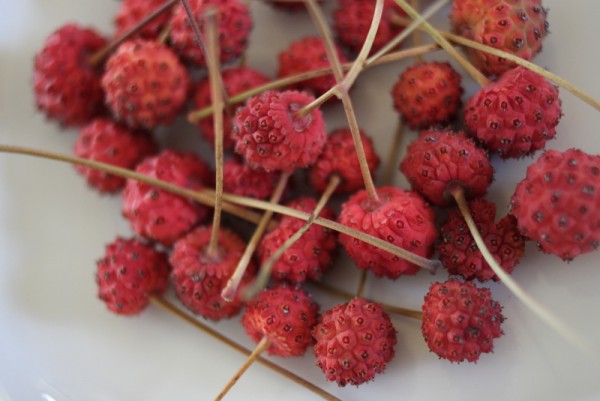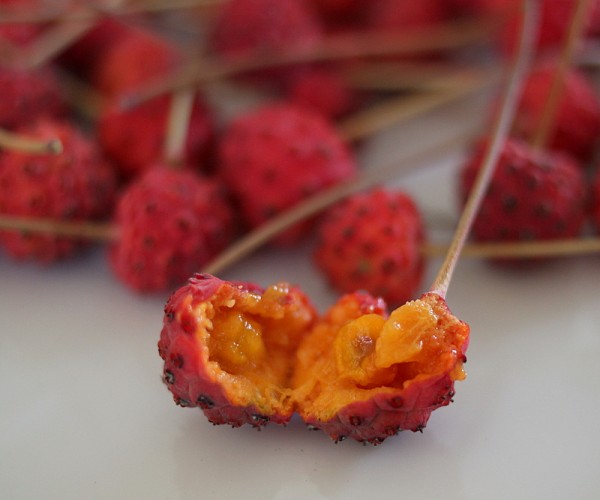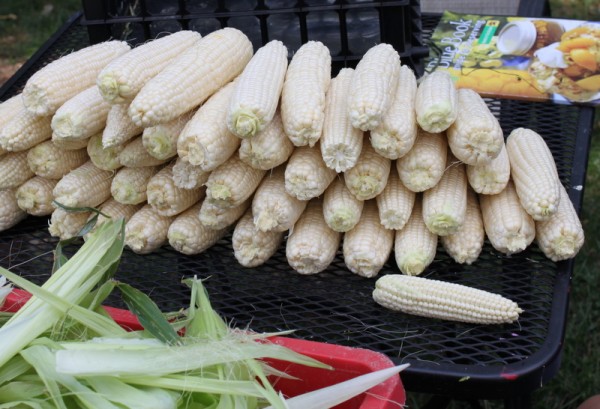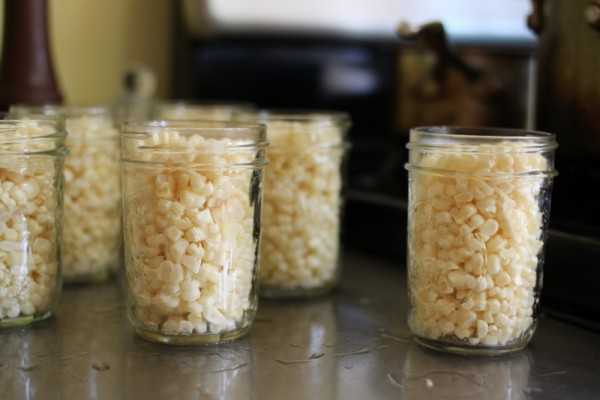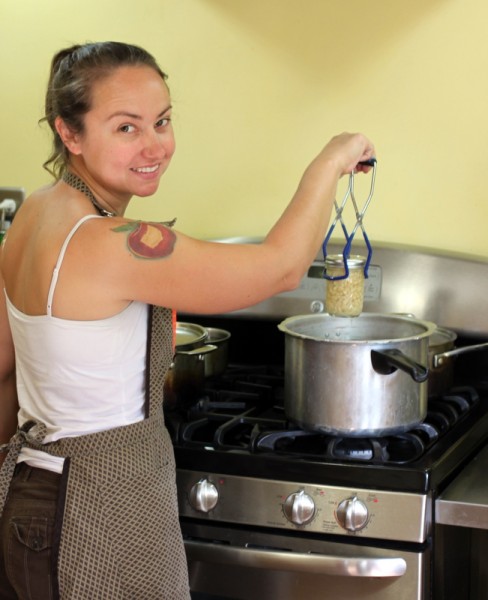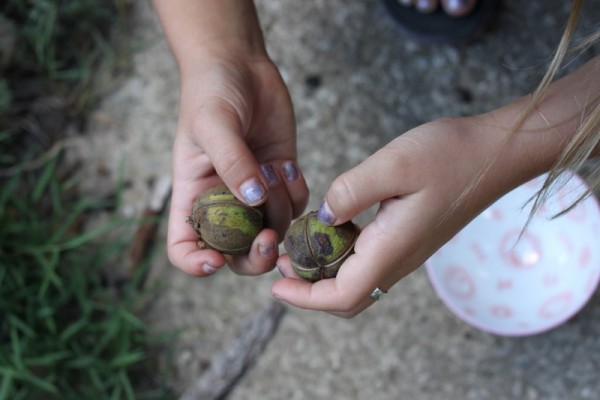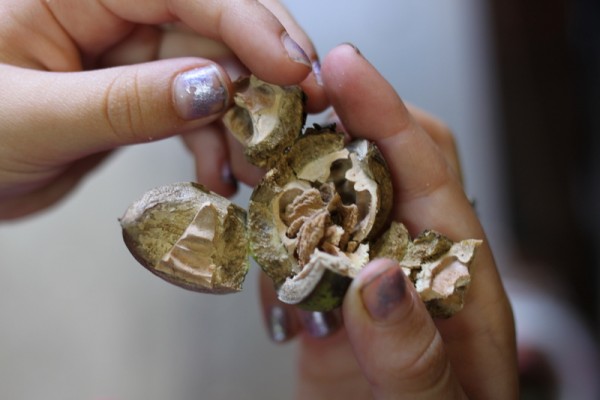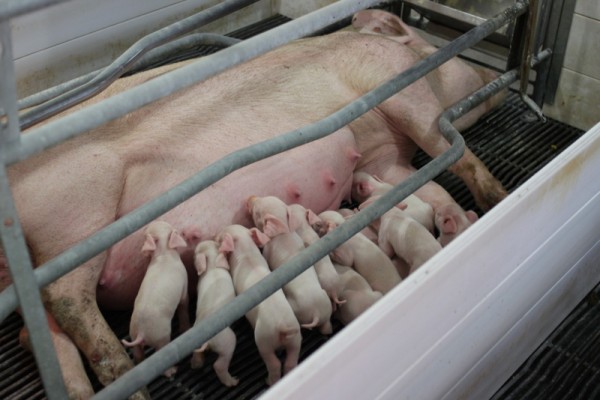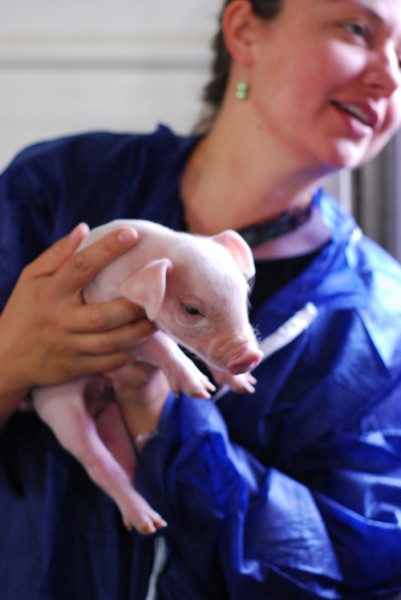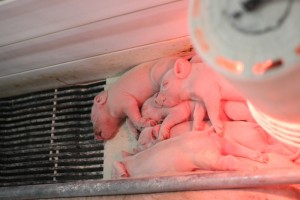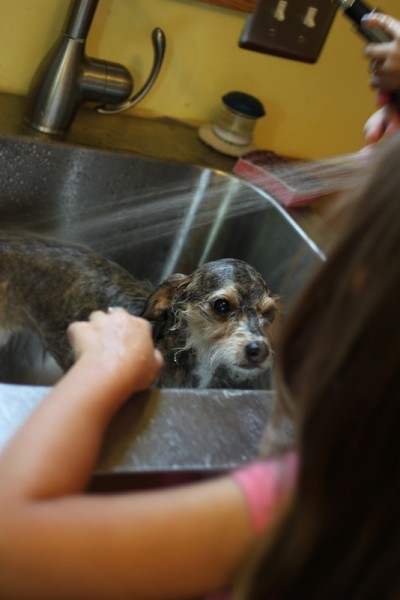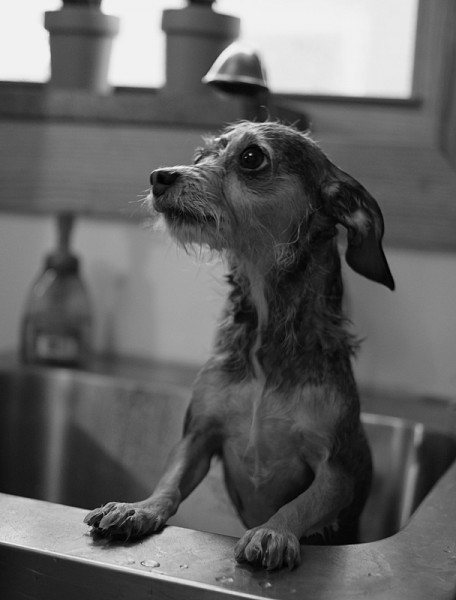Next to legal requirements, one of the biggest barriers to homeschooling is financial.

Homeschooling is cheaper than schooling in that we don't have to pay for registration fees, uniforms, teacher gifts, and extra curricular costs but we do have to purchase our own materials and pay for homeschool classes. The biggest financial drawback to affording homeschool is that most families can't manage dual incomes and homeschooling.
How can a family afford to keep one adult out of the nine to five? And how can they still pay for classes, materials, and travel?
When I left my salaried job, it was to be a temporary stay-at-home-mom to Lil until she started school. The decision to homeschool made us adjust to the idea that I might never bring in a full-time paycheck again. Instead we rely on Alex's decent but not excessive earnings. We manage to make a single income work two ways: smart spending and secondary income.
Smart Spending
We are not the most budget oriented people, but we do try to make well considered purchases. Here's how our spending breaks down:
Invest in quality
- shoes - one or two pairs per person
- art supplies - in lieu of art classes
- kitchen tools - in lieu of relying on processed food
- clothes - we invest in wool socks and outerwear for comfort and durability
- technoloy/gadgets - we research and spend wisely on computers, smart phones, and tablets. When we upgrade, we resell the old version.
- food - we spend a lot of money on food and liquor because cooking and dining are our biggest
Beg/Borrow/Barter
- library books - we visit weekly
- thrift store or hand-me-down clothes for Lil
- nature - our playground, entertainment, and toy
- furniture - most of our furniture is handed down from family
- childcare - bartered with friends
- goods and produce - I often trade my writing and marketing services for local goods and produce my family needs
DIY
- charcuterie like bacon and sausage
- preserves including tomatoes, pickles and jam
- fermentables including beer and vinegar
- appliance repair rather than replacement
- wood stove heat
- home repair and renovation
Discounts
- educator - many stores and organizations offer teacher discounts available to homeschoolers. Gift Card Granny has a lengthy list of national teacher discounts.
- single person memberships - whenever possible, we buy a single person plus a guest membership at museums, allowing Lil to attend with one of us
- sales - we don't coupon much but do stock up during school supply sales and end of season garden clearances
- wholesale co-ops - I manage co-operative groups to buy spices, bath and body supplies, and flour at wholesale prices
Alt Society (i.e. saving habits against the norm)
- single car family
- combined trips to save gas
- telework - Alex works from home as much as possible to save on commuting costs
- very few activities for Lil - she's not interested and we're not inclined to push her into money-intensive classes
- infrequent date nights - Alex and I go out to dinner or the movies once a month at best
- resist the latest and greatest - many of our belongings are timeless (i.e. old) not trendy. We wear items out until they are truly not usable again.
Secondary Income
My cooking class, writing, and social media management jobs earn a bit of extra money but only roughly 10% of our family income. I could accept more clients and schedule more classes but I can only spend so much time working when I also want to give attention to Lil and her education. My secondary income is limited by this paradox.
When Alex travels for work, he is paid a per diem for food and incidentals that usually surpasses what he actually spends. We funnel this and any other bonus money into our travel savings account.
Speaking of travel, we take advantage of a airline miles credit card for major purchases. These miles combined with Alex's frequent flyer miles give us the option of free flights. Similarly, we often use free hotel stays through Alex's loyalty points.
We have been fortunate to receive a few inheritances over the years that we save as our emergency fund. Knowing this sum is available should we ever need it helps us stay comfortable with our single income situation.
Every family's financial situation is unique. I share how we make homeschooling affordable simply to note one way to do it. Others work split shifts or make do with less. I believe there are real financial trade-offs to home education but the benefits are equally great.
If you homeschool, how do you manage the finances?




